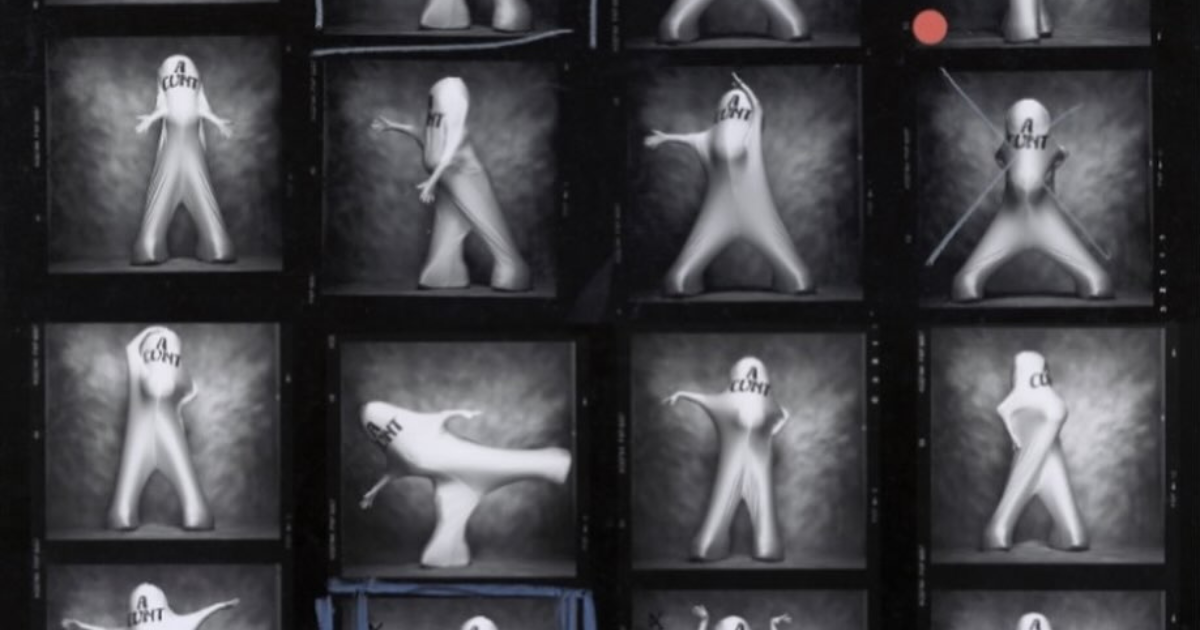Art Inside and Out: The World’s Most ımpressive Contemporary Art Museums
Museums of modern art that captivate with both architectural design and exhibits

The world is filled with fascinating contemporary art museums, some of which are celebrated not only for their collections but also for their extraordinary architecture. From concrete castles to glass palaces, these museums redefine the boundaries of creativity and art itself.
The light play of Guggenheim Bilbao
The Guggenheim Museum in Bilbao is an architectural marvel that captivates with its unique design. Its undulating titanium structure creates a play of light and shadow, adding dynamic brilliance to the building. The harmonious blend of limestone and glass adds elegance and a sense of lightness, making the museum itself a work of art worth admiring.
Situated on the banks of the Nervion River and spanning 32,500 square meters, the Guggenheim Bilbao is one of the largest museums in Spain. Designed by the renowned American architect Frank Gehry, the building’s architecture is characterized by shifting light formations from bright, open spaces to focused, intimate areas.
Gehry’s childhood fascination with fish played a significant role in shaping the museum’s design, which was crafted with consideration for Bilbao’s historical and geographic context. The flower-shaped atrium with high ceilings serves as the museum’s central hub, boasting 11,000 square meters of exhibition space across 19 galleries. Since its opening in 1997, the museum has transformed Bilbao’s cultural landscape, drawing millions of art lovers from around the world.
New Museum in New York: Architectural innovation
Founded in 1977, the New Museum moved to a new location in 2007, presenting a unique architectural vision. Inspired by the cubic forms of Lower Manhattan buildings, the design embodies a multi-layered structure with varying widths, lengths, and heights on each level.
The project, developed by the Japanese studio SANAA under the direction of Kazuyo Sejima and Ryue Nishizawa, is known for its minimalism and asceticism. The building’s facade, clad in smooth aluminum panels, creates an unbroken white surface devoid of traditional windows and doors.
The unconventional shifts in height between floors create intriguing spatial effects that alter the perception of time and space. The "Sky Room" on the top floor offers visitors a breathtaking panoramic view of Manhattan.
Contemporary art underground: National Museum of Art, Osaka
?utm_source=ig_web_copy_link
This monumental steel and glass sculpture, resembling an insect with outstretched wings, is designed to allow subtle shifts of several centimeters. Despite being located underground, the museum’s spacious, light-filled halls dispel any sense of confinement.
The entrance lobby, surrounded by curved glass, dynamically changes appearance based on lighting conditions, immersing visitors in a vast subterranean space that houses over five thousand artworks.
The National Museum of Art, Osaka, designed by celebrated architect Cesar Pelli, is an elegant structure inspired by the image of reeds along a riverbank. Titanium-coated steel tubes rise above the museum, casting ten to fifteen shadows that mimic the sway of reeds in the wind. This mesmerizing visual effect accompanies visitors throughout their journey in the museum.


